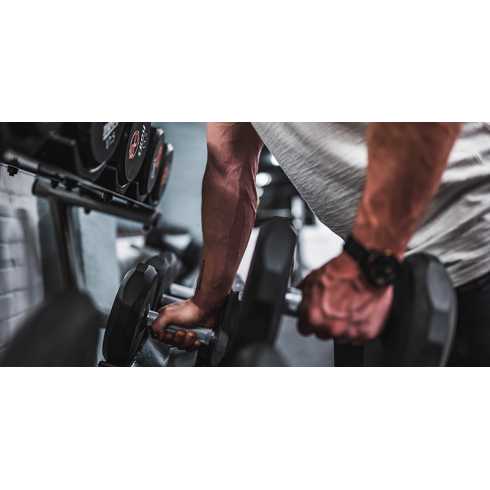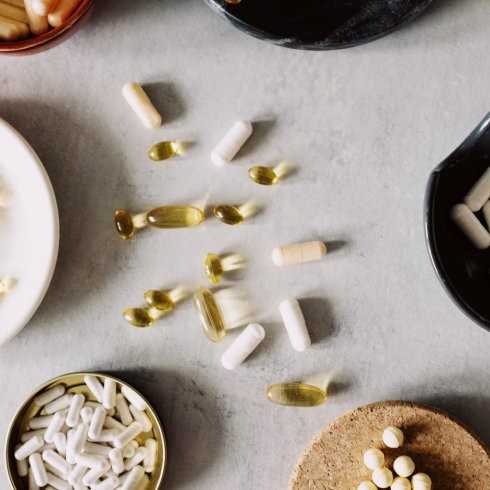When training is intense, it is not uncommon to have muscular or joint or even tendinous reactions after the session. Some reactions such as muscle aches are normal and come from muscular degradation by lactic acid or more precisely by acid ions. It is difficult to avoid pain if the training is intense and unusual, but it should not be too disabling, otherwise, the rest of the week's training may be difficult.
You can easily prevent too much damage to the muscles with a few easy maneuvers: Practicing proper stretching is already a good way to alleviate some of the pain. If this is not enough, a good hot bath after training or the next morning can help you too. A simple anti-influenza, sedergine style or degree, can also act effectively in this specific case. Of course, all these are just normal pains.
Tendinous affections, on the other hand, are not uncommon in many sports. Tendonitis is a real plague and can handicap training for many months if not treated quickly. I always had a little trick to prevent them from lasting: Before in-train, you put some heated ointment on the painful area. If it is epicondylitis, you warm your forearms very slowly and taking great care not to feel pain. This means that if you feel the slightest pain, your movement is already too important and you must shorten the work track.
The second thing is to make no movement that hurts you. If the exercise hurts you or causes you the slightest discomfort, you stop and you change or diminish your work path. After the session, you will put a pocket of ice on the area concerned and brush it with anti-inflammatory ointment. Also, try taking anti-inflammatories (by mouth) for 3 or 4 days. Normally your tendon symptoms should fade quickly. The important thing with this type of pain is not to let it get bigger. If you take care, your pain will not persist. If you let the pain settle down or you do not listen to your rustling body, you may have to undergo training interruptions as a result of the pain your tendons cause you to suffer and of course, you will be putting your progression at risk.
Do not forget that pain is the way your body expresses an alert.
It tells you that if you do not stop this movement that hurts you, a more serious injury may occur in the area. So whatever happens in your body, listen to each of your pains! The pain is not bad, it warns you!
As for the joints, it was believed for a long time that they could not rebuild. Yet in recent years we realize that articular cartilage can regenerate. It should be known that the cartilage does not possess blood vessels likely to come to bring it the raw material necessary for its reconstruction.
Scientific studies have shown that glucosamine associated with chondroitin can cause articular cartilage to regenerate. On the other hand, since there is no blood circulation in the cartilage, the necessary metabolites must be forced into the cartilage. And when I say by force, it means that it is the pressure undergone by the articulation that will give this result. It is, therefore, necessary to continue to perform movements to reconstruct articular cartilage. Do not hesitate to continue training but stay reasonably: Always the same principle, which says pain, says stop!
QNT JOINT+ will help you to avoid joint problems.






